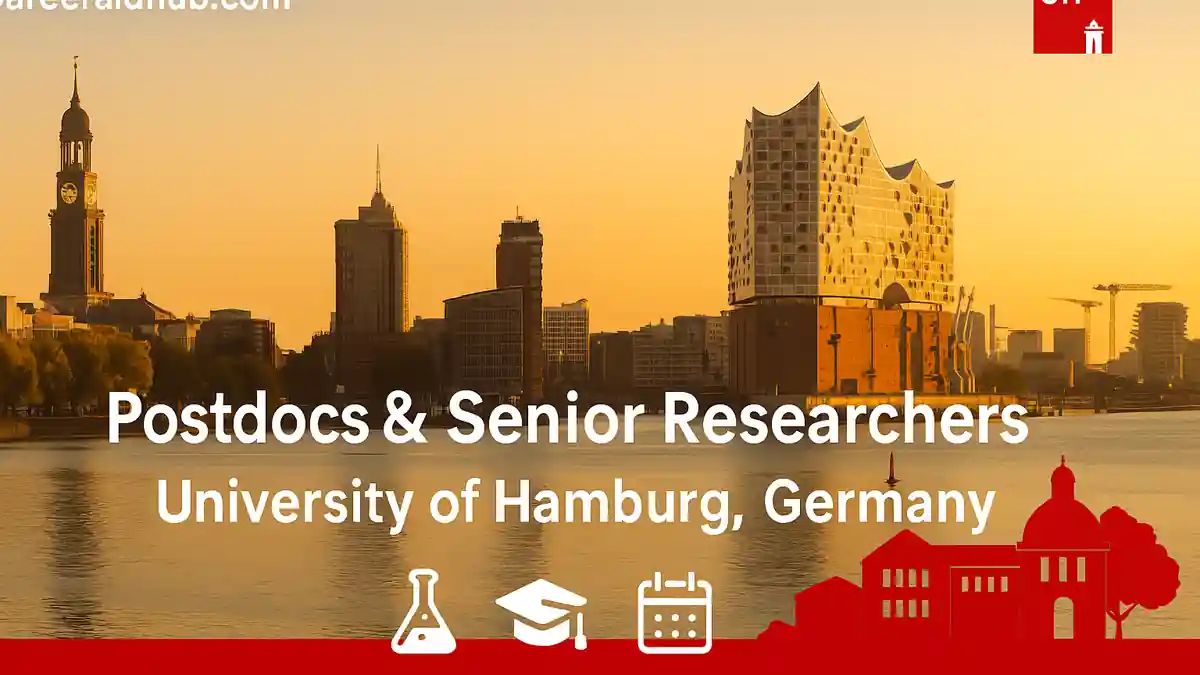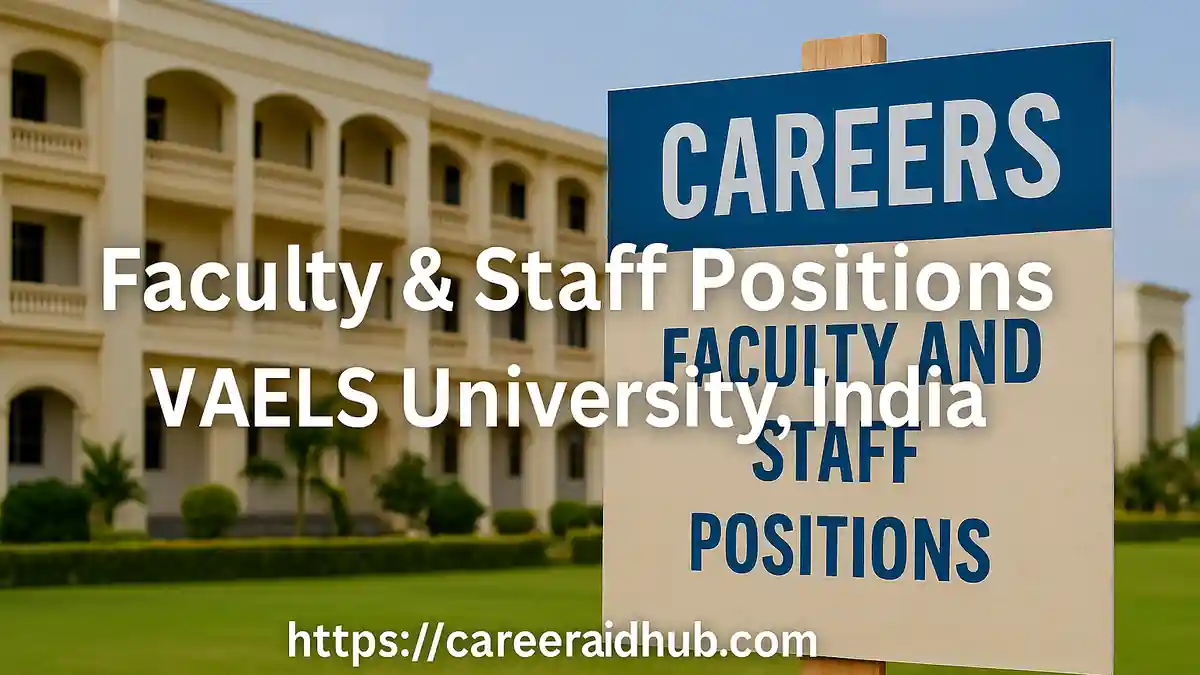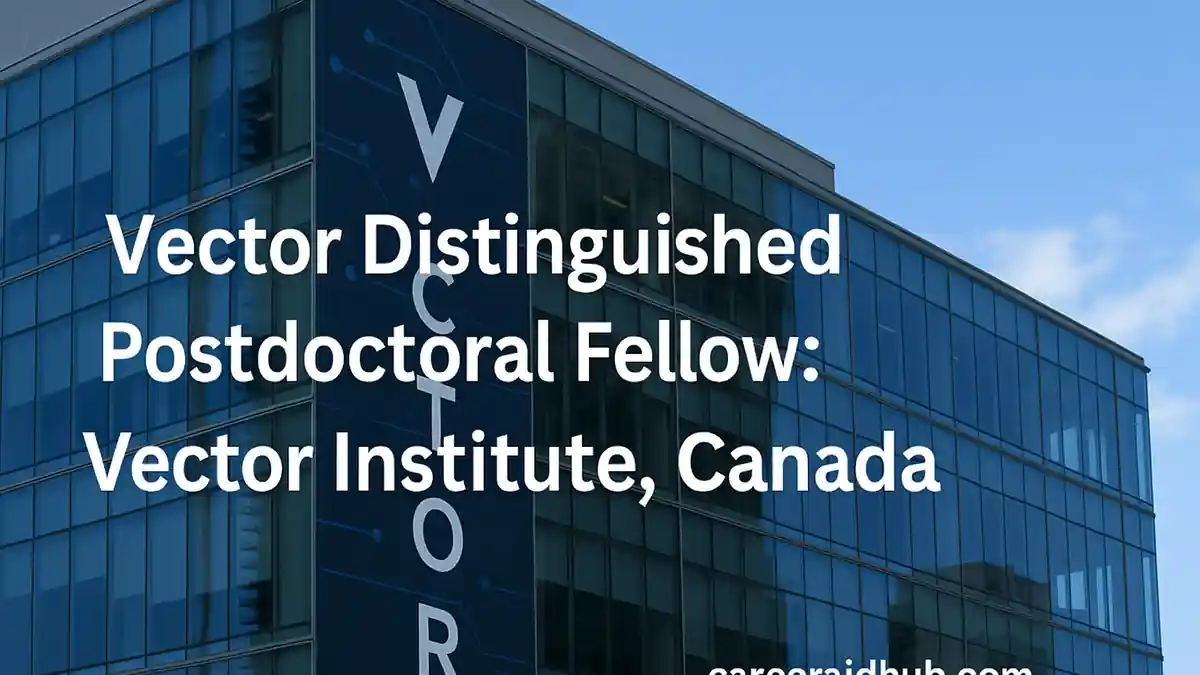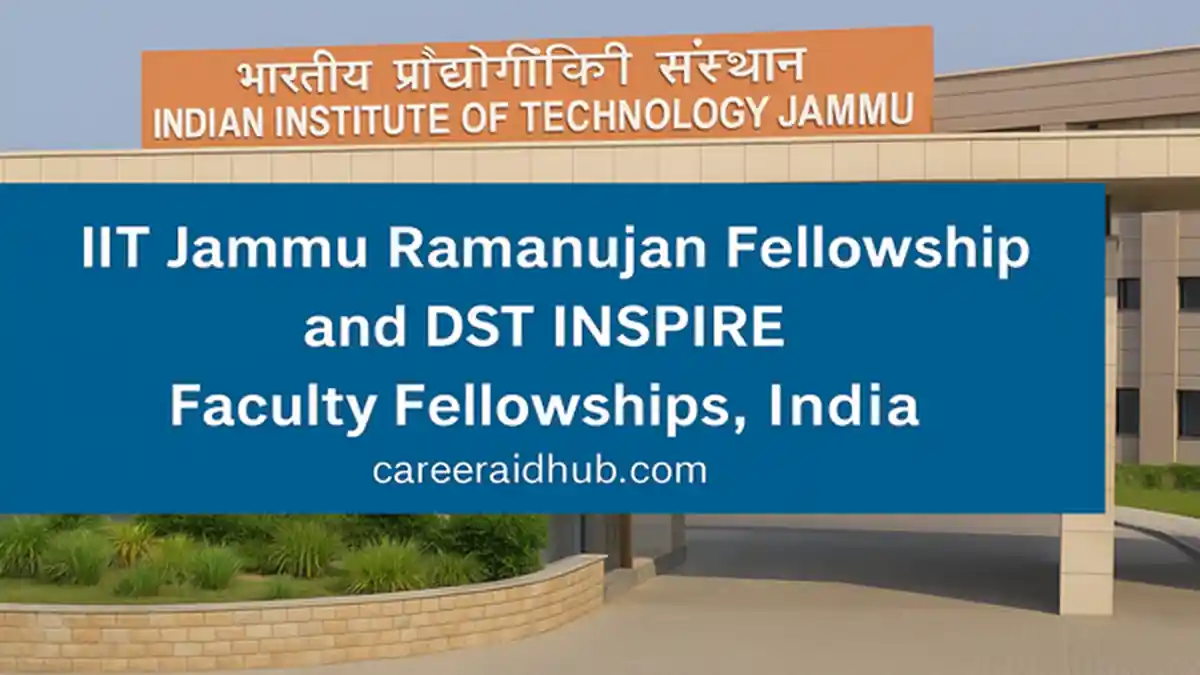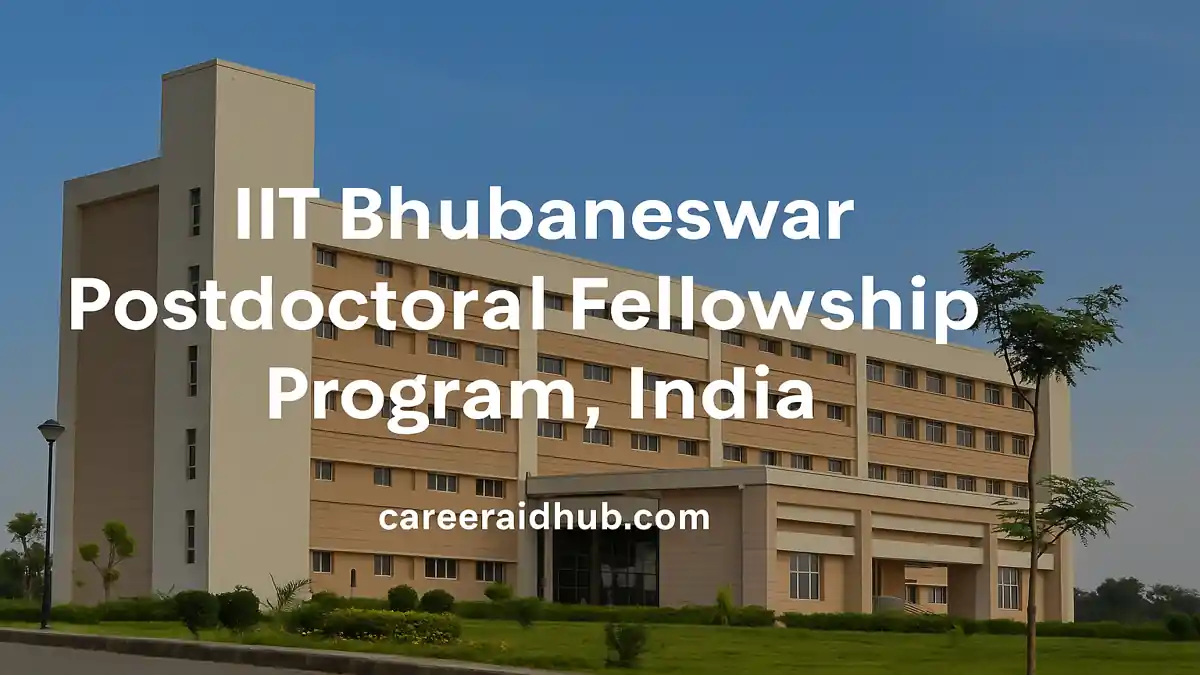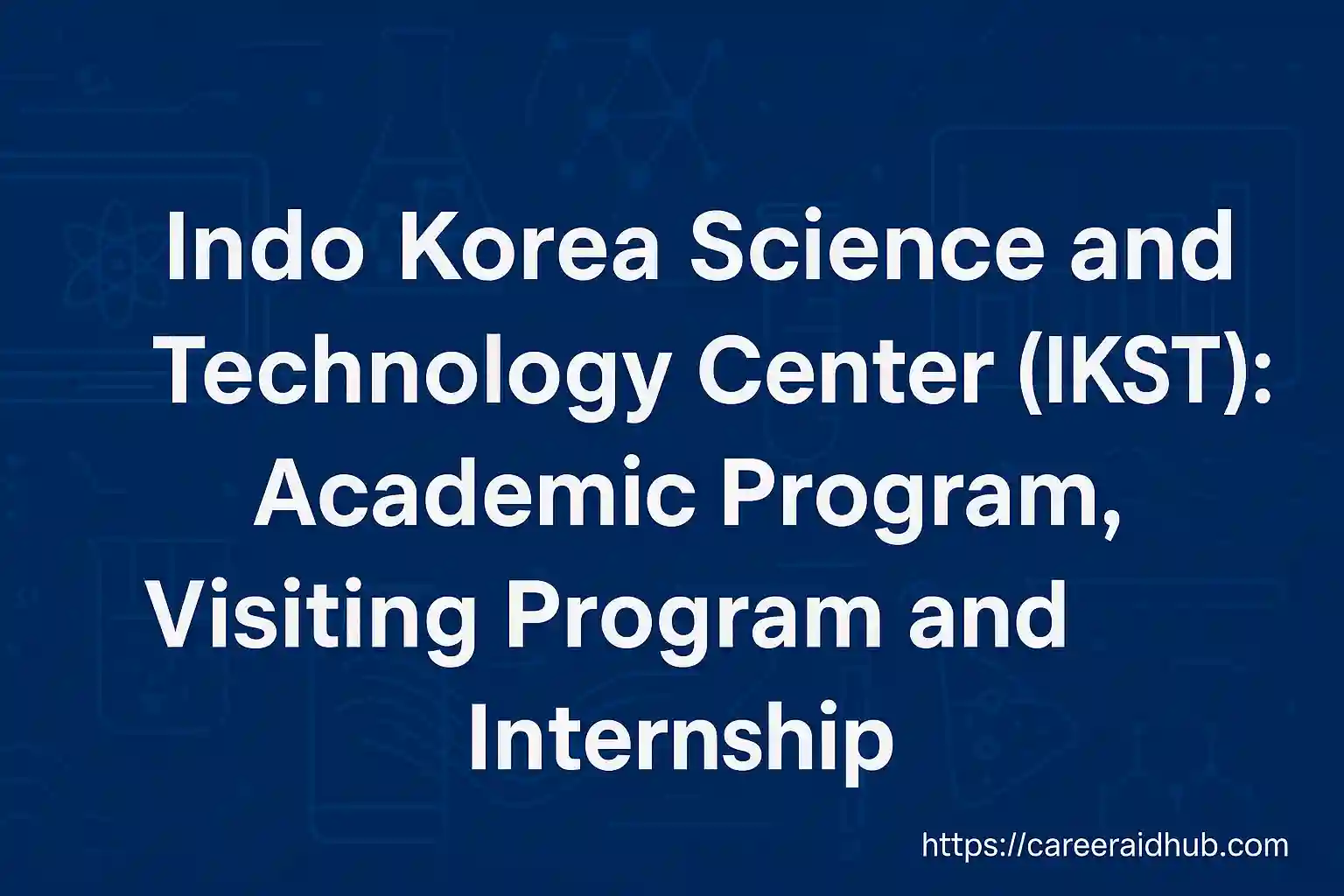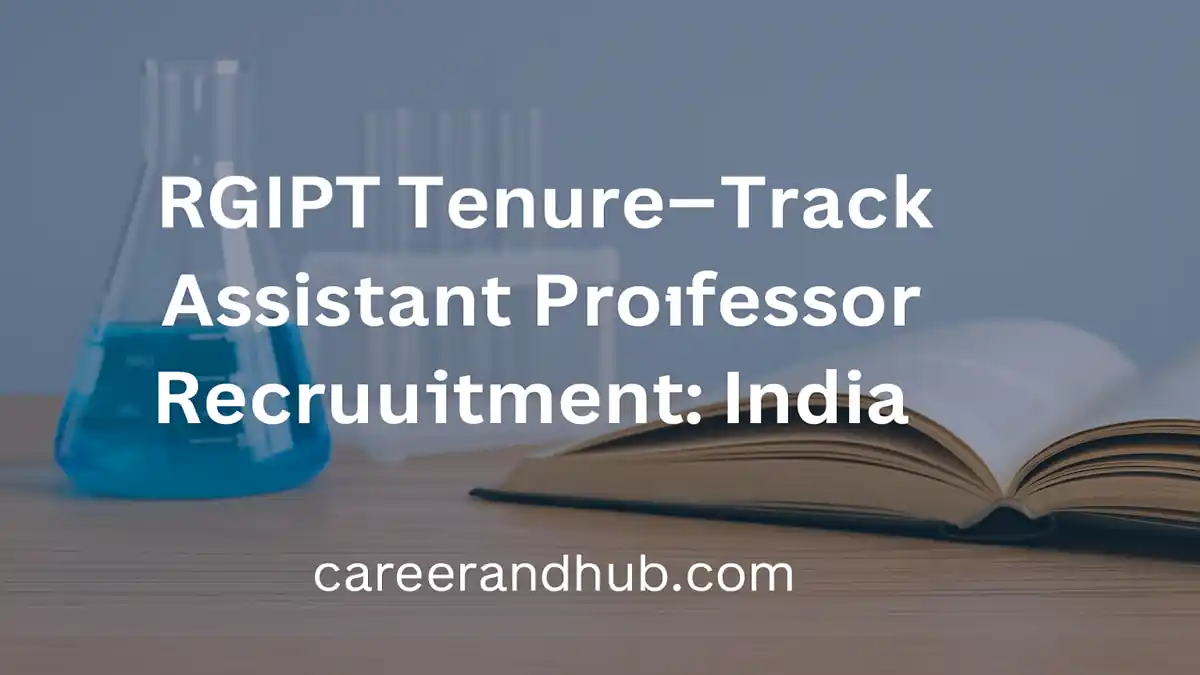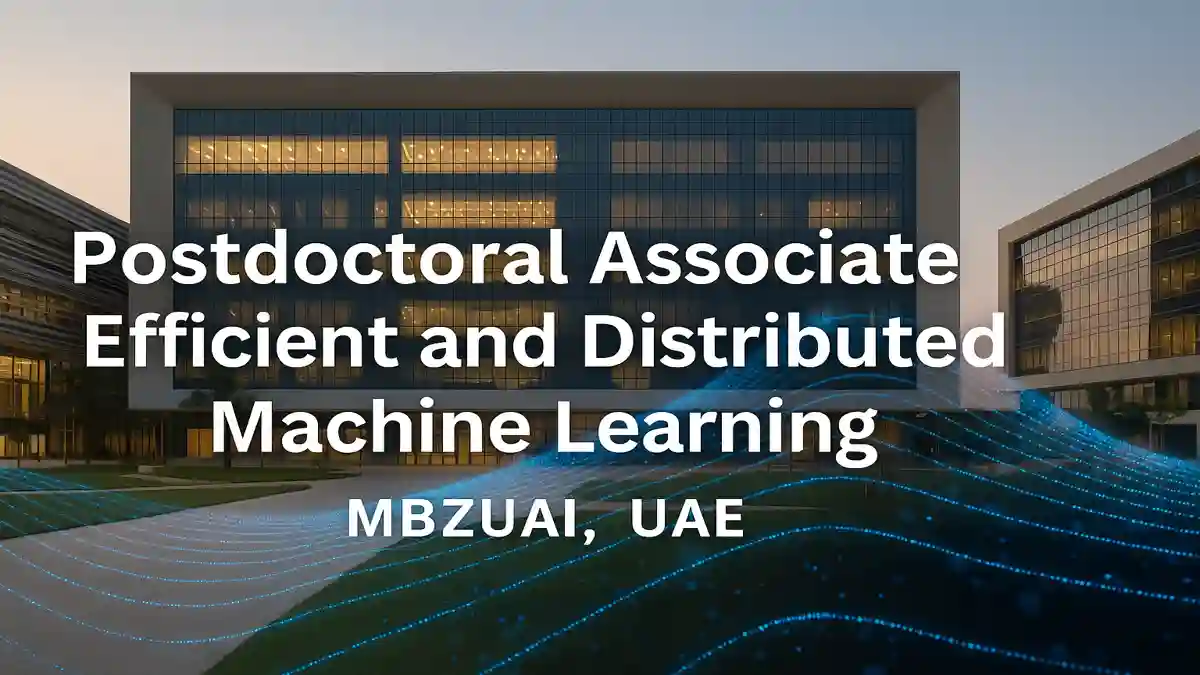Postdocs & Senior Researchers at SICSS, University of Hamburg — A Practical Guide
The School of Integrated Climate and Earth System Sciences (SICSS) at the University of Hamburg is a gateway for researchers who want to build visible, independent careers in climate and Earth-system science. From postdocs (R2) consolidating their research identities to senior researchers (R3) advancing toward habilitation-equivalent milestones, SICSS offers structure, mentorship, and a community that rewards rigor and collaboration.
Crucially, the program aligns career development with research delivery. You will find clear expectations, tailored mentoring, and opportunities to lead seminars, co-supervise students, and submit competitive proposals. For scope, formats, and current offerings, refer to the official SICSS Postdocs & Senior Researchers hub, which outlines roles, support structures, and entry points for new applicants.
If your research spans climate, oceans, atmosphere, cryosphere, or Earth-system modeling, the School of Integrated Climate and Earth System Sciences (SICSS) at the University of Hamburg (UHH) offers clear pathways for postdocs (R2) and senior researchers (R3) to build independent, visible profiles—backed by cluster structures, mentoring, and campus-wide training.
Who Counts as Postdoc (R2) vs. Senior Researcher (R3)?
R2 — Postdoc (Recognized Researcher).
At UHH–SICSS, postdocs are typically within roughly four years of the PhD. They are still consolidating independent visibility—developing first-author pipelines, broadening methods, and translating expertise across subfields. The
R3 — Senior Researcher.
Senior researchers usually operate beyond the immediate postdoctoral phase and show sustained independence—leading proposals, co-supervising students, and coordinating collaborations. Progress toward habilitation or equivalent achievements aligns with German qualification pathways and typical institutional expectations. Distinguishing your track early helps you target mentoring needs, choose training modules, and scope grant ambitions at the right scale.
Where SICSS Fits in Hamburg’s Climate Ecosystem
SICSS as connective tissue.
SICSS links M.Sc., doctoral, and postdoctoral stages within a campus recognized for excellence and deep interdisciplinary culture. Its mission couples research-oriented training with exposure to partner institutes and city networks. Consequently, postdocs and senior researchers can stitch together observation, modeling, data science, and societal interfaces in one coherent agenda grounded in Earth-system science.
Why this matters.
Because many climate questions cross disciplinary borders, an institutional home that normalizes cross-talk—oceanographers, glaciologists, atmospheric scientists, biogeochemists, and social scientists—accelerates your learning curve and reduces friction when launching joint workstreams.
Located within Hamburg’s internationally recognized climate ecosystem, SICSS connects observations, modeling, data science, and societal interfaces under one roof. Consequently, researchers can design projects
CLICCS: The Cluster Framework You’ll Work In
A scaffold for early independence.
Most SICSS researchers engage with CLICCS (Cluster of Excellence Climate, Climatic Change, and Society). CLICCS promotes early independence, backs career development, and sets transparent principles for postdoc and senior-researcher progression. In practice, that means structured guidance, access to targeted programs, and clearer milestones as you craft an international profile—particularly critical when transitioning from R2 to R3 and onward.
What to expect.
Cluster participation often brings curated seminar slots, seed opportunities, and networking formats that shorten the distance between idea and collaboration. Treat this scaffolding as a planning tool as much as a badge.
What Support Exists for Postdocs & Senior Researchers?
Career Development and Networking
Campus-wide complements.
University offerings—most notably via the Hamburg Research Academy (HRA) and UHH HR development—round out SICSS/CLICCS programs. Workshops on proposal design, leadership, and research communication help you refine both academic and non-academic trajectories. Map these resources into your first-year plan so training and output progress together.
Mentoring That Adapts to Your Path
Structured, confidential, and flexible.
SICSS runs a mentoring program open to all genders that supports academic and non-academic goals. You and
Postdoc Representatives
Peer connectors and advocates.
Elected postdoc representatives foster visibility, act as a first contact for community questions, and help align seminar calendars with researcher interests. Use them to surface practical issues—teaching vs. submission deadlines, cross-lab reading groups, or introductions for method-specific collaborations.
Skills to Prioritize in Hamburg’s Earth-System Community
1) Interdisciplinary methods.
Strong proposals interlock observation, modeling, and data-driven inference. Reviewers look for explicit articulation of how components fit—method sequences, hand-offs, and validation.
2) Open and reproducible workflows.
Transparent pipelines for code, data, and documentation are not optional. They de-risk team science, attract collaborators, and speed up review.
3) Communication across domains.
Plan to translate outputs for mixed audiences—modelers, observational teams, and stakeholders. Clear visuals and concise methodological notes make your results portable.
4) Leadership signals.
Co-supervise, coordinate a reading group, or host a focused workshop. These tangible acts often weigh as much as an additional co-authored paper when demonstrating independence.
Building Your SICSS Plan: A
12-Month Playbook
Months 1–3 — Map your niche.
Define two complementary threads: one high-reward and one reliable data producer. Inventory needed facilities and compute, outline datasets, and schedule HRA workshops early to lock momentum.
Months 4–6 — Deliver early wins.
Submit a methods or dataset paper; present internally to gather feedback and recruit collaborators. Draft a seed-grant concept that dovetails with cluster priorities so you can scale later.
Months 7–9 — Scale networks.
Co-lead a cross-group seminar; formalize MSc/PhD co-supervision. Plan an external visit or short exchange to cement an international tie that supports your next proposal.
Months 10–12 — Convert momentum.
Submit a major paper, a targeted fellowship or DFG module, and a workshop proposal. Collate outputs, supervision records, and leadership activities in a concise “independence dossier” for internal reviews.
Funding & Progression Tips
Use layered proposals.
Pair a small internal seed with an external call to diversify risk. This staged approach preserves timelines when one route slows.
Write for mixed audiences.
Abstracts and significance sections should read fluidly for modelers and observational scientists alike. Clarity here improves panel traction.
Track habilitation-equivalent signals.
R3 expectations typically include visible grant leadership, student supervision, multi-author syntheses, and strategically chosen invited talks. Log these systematically.
Teaching, Supervision, and Service: Make Them Count
Structure supervision.
Set weekly check-ins, adopt lab or code-repo standards, and agree on co-authorship plans early. A predictable mentoring cadence reduces rework and elevates throughput.
Convert service into strategy.
Propose a mini-course—say, Ensemble Modeling & Uncertainty Quantification—and invite cluster partners. This turns teaching into networking while signaling leadership.
How to Engage: Practical Entry Points
-
-
Explore the SICSS “Postdocs & Senior Researchers” hub for contacts, formats, and schedules; align your calendar with upcoming calls, retreats, and seminars.
-
Join mentoring and HRA offerings to gain external perspectives on grant timing, CV positioning, and sector pivots.
-
Introduce yourself to Postdoc Representatives for peer groups, seminar slots, and cross-lab synergies aligned with your methods or region of focus.
-
Programme Snapshot (for quick reference)
| Feature | Details |
|---|---|
| Program Name | Postdocs & Senior Researchers — SICSS (University of Hamburg) |
| Host Country | Germany |
| Funded By | University of Hamburg; Cluster of Excellence CLICCS (DFG-funded framework) |
| Duration | Varies by contract and qualification phase |
| Study Mode | Full-time, on-campus; hybrid elements for meetings possible |
| Eligibility | PhD completed; postdocs typically ≤ ~4 years post-PhD (R2); senior researchers show advanced independence (R3) |
| Financial Support | Position-based salaries, mentoring, networking, workshops; additional career-development offers via SICSS/CLICCS/UHH |
| Fields of Study | Climate and Earth-system sciences across atmosphere, ocean, cryosphere, biogeochemistry, and interfaces with society |
| Deadline | Opportunities appear throughout the year; typical academic peaks April–June and October–December (predictive; we will update soon) |
| Official Website | See References (official SICSS pages) |
Takeaway
SICSS offers a coherent environment—graduate-school structure, cluster scaffolding, and university-wide training—for ambitious, interdisciplinary climate science. If you bring a focused question set, a collaborative mindset, and a clear independence plan, Hamburg’s ecosystem can accelerate your next leap. For definitive structures, mentoring formats, and career-development principles, consult the official SICSS/CLICCS pages directly.
References (official)
-
SICSS — Postdocs & Senior Researchers
Frequently Asked Questions
SICSS offers mentoring, cluster networking, training workshops, and visibility opportunities; moreover, it helps researchers build independent, interdisciplinary Earth-system profiles.
You typically hold a PhD and pursue early independence; additionally, you demonstrate publications, collaboration potential, and a focused research plan.
You show sustained independence, lead grants or teams, and, importantly, progress toward habilitation-equivalent achievements with measurable outputs.
Yes. It provides mentoring, transferable-skills training, and sector-facing networking so researchers can pivot into policy, data science, or industry.
You combine cluster resources, internal seed calls, and external programs; meanwhile, you align proposals with interdisciplinary priorities.
HRA complements SICSS with proposal writing, leadership, and communication workshops; consequently, you strengthen both academic and non-academic readiness.
Join seminars, reading groups, and cluster projects; then present early results and invite method-complementary partners.
Yes. With supervisor agreement, you co-supervise, document meetings, and align authorship plans for transparent progression.
Target quick wins, schedule training, submit a methods paper, and prepare a seed proposal; afterwards, escalate to a major grant.
Connect early. They streamline seminar slots, peer groups, and introductions; therefore, your integration becomes faster and smoother.
Premium Mentorship for a Stronger Application
- Premium Mentorship: personalised 1:1 guidance for this and similar opportunities
- In-depth review of your CV, academic profile, and key statements
- Aligned with international selection criteria so your profile matches what panels expect
- Stronger, more compelling narrative for highly competitive calls
- Step-by-step support from opportunity mapping to final submission (fee-based)

